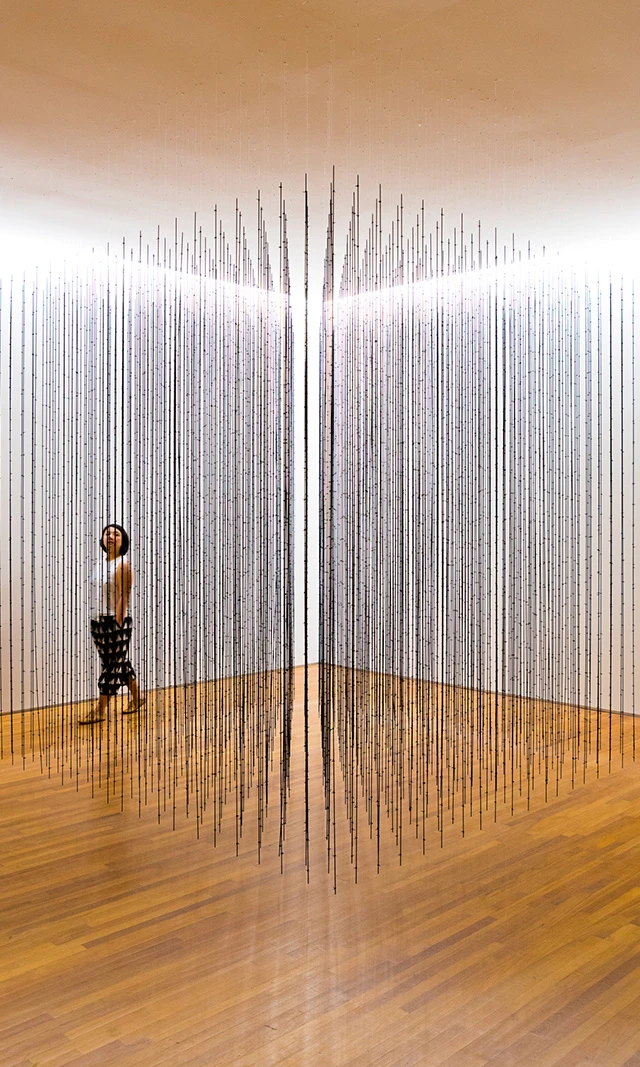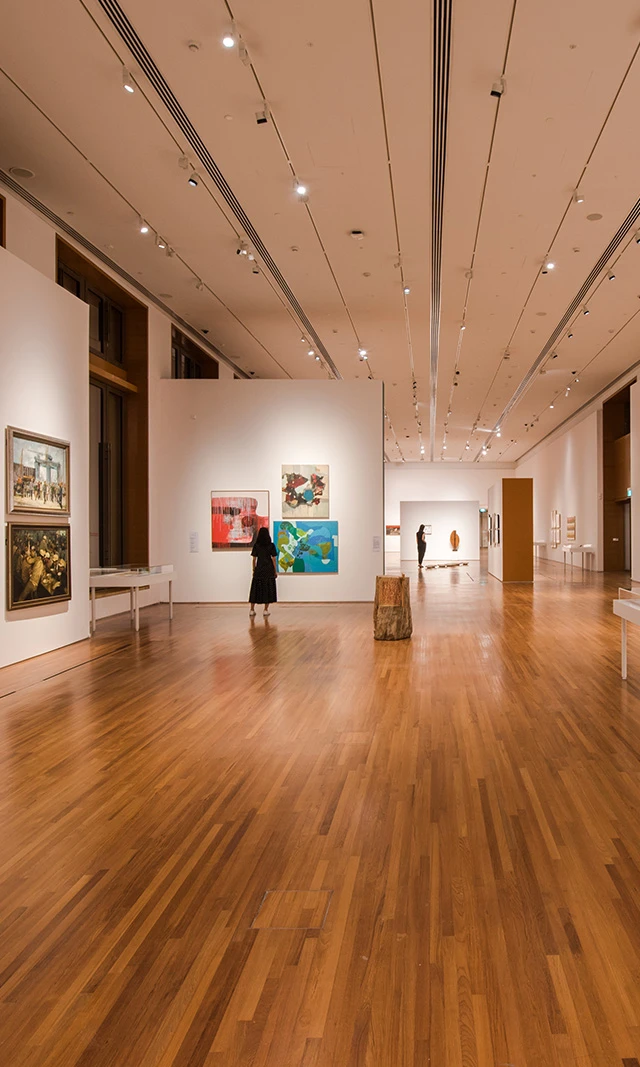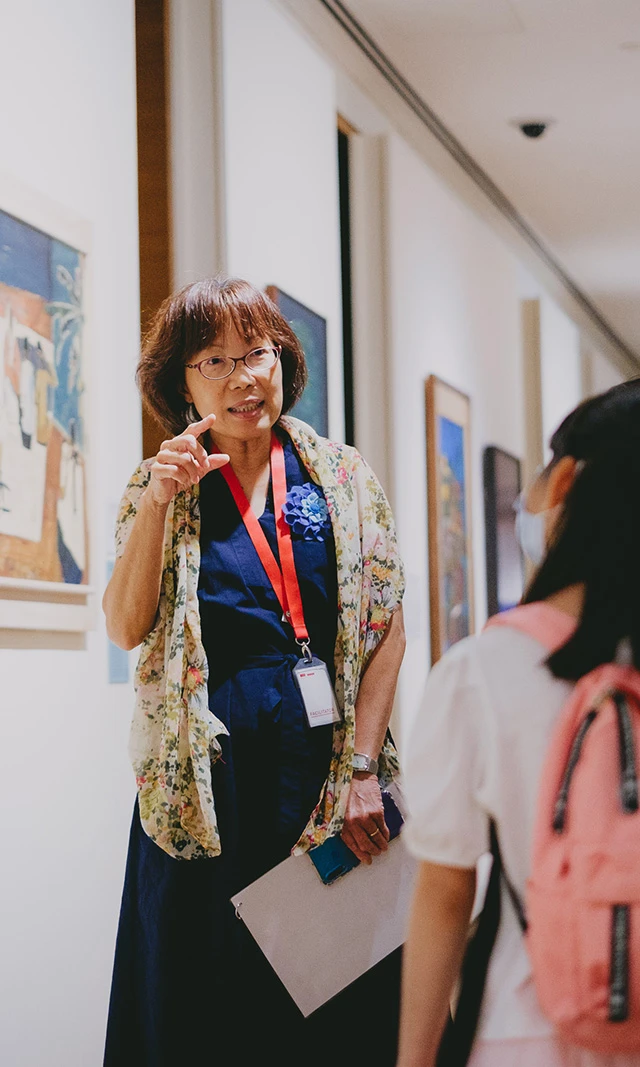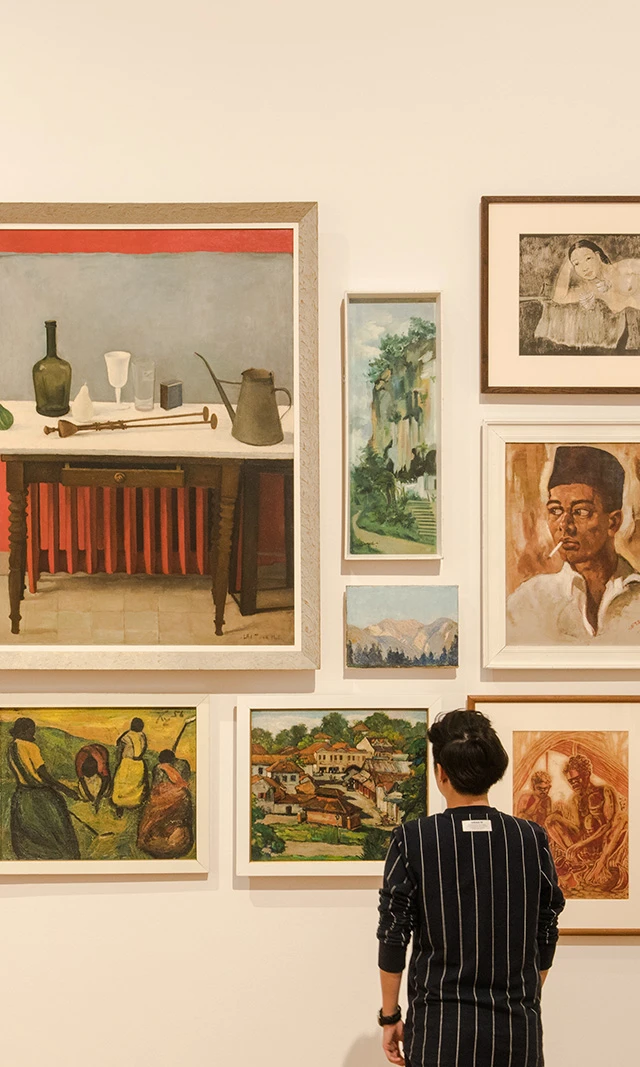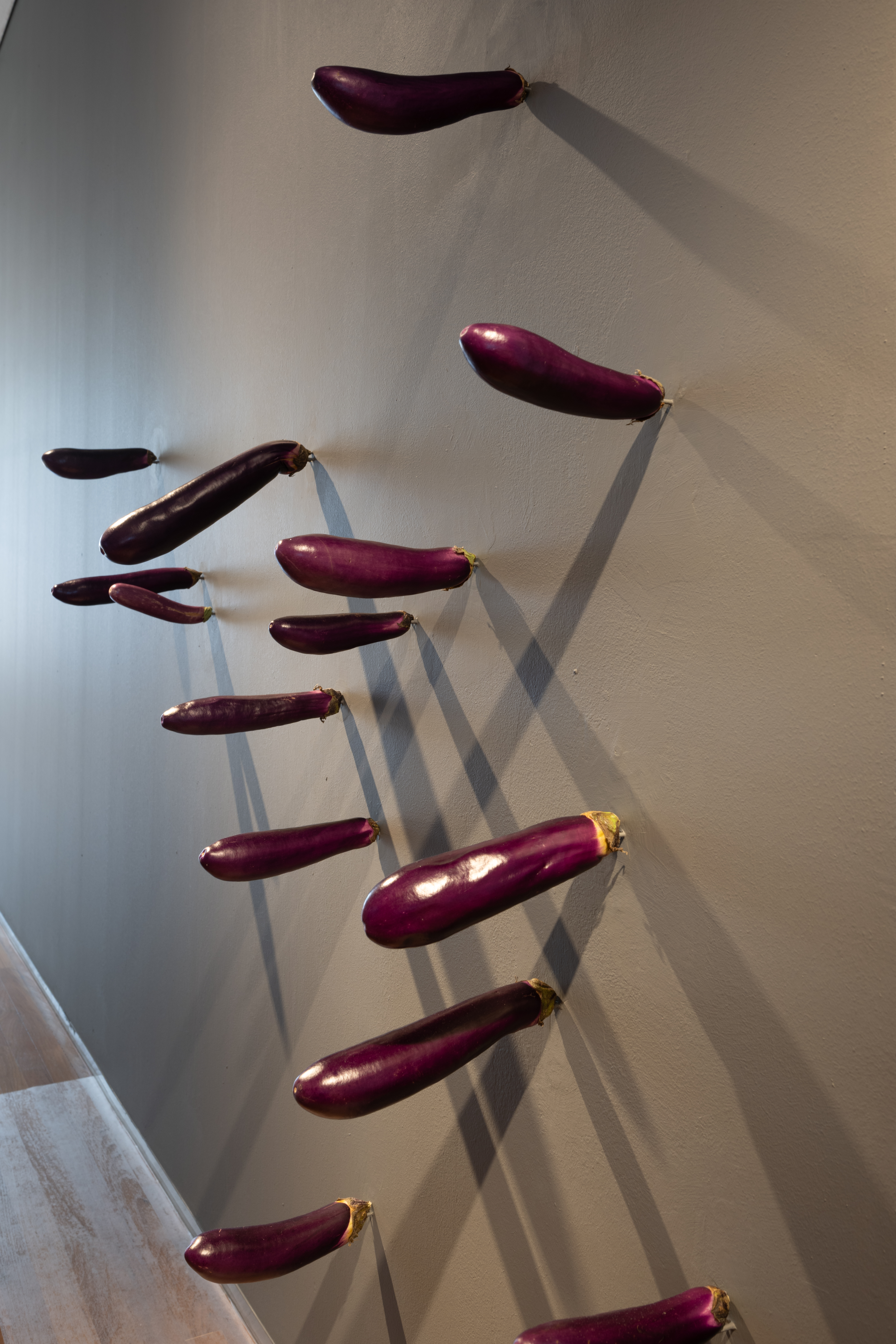Still Life
Deep purple dulls to brown. The skin wrinkles and the fruit softens. Its curve droops; but its form remains suggestive. It might seem playful, like a visual pun. But this isn’t about fruit; it’s about power. About the discomfort, and sometimes threat, that often lives in male-dominated environments. In Still Life, Suzann Victor uses this common fruit to ask: How does masculine dominance hold its shape in social spaces? And what happens when it does?
Pinned to the wall and left to rot, the fruit appears powerless. Gravity and time take over as Victor’s silent partners. Each time an eggplant gives way, it’s replaced, sometimes repositioned. Ruin, renewal. The cycle continues. This slow undoing across the walls isn’t a sidenote. It’s a statement about power structures: the symbol of authoritarian masculinity breaking down in plain sight. No sudden drama. Just slow truths; the toll of time, of wear, of power ebbing away.
Before her kinetic installations, Victor was already exploring movement and transformation. Only here, the force isn’t mechanical; it’s organic. Using rot as a method.
Still Life first appeared in 1992 at Body Fields, an exhibition by 5th passage. 5th passage was Singapore’s earliest corporate-sponsored artist-run space, of which Victor was the Concept Developer and Artistic Director. Among the earliest site-specific installations of its time in Singapore, the work preceded scholar Linda Peake’s groundbreaking essay in 1993 on how gender shapes our social spaces.




